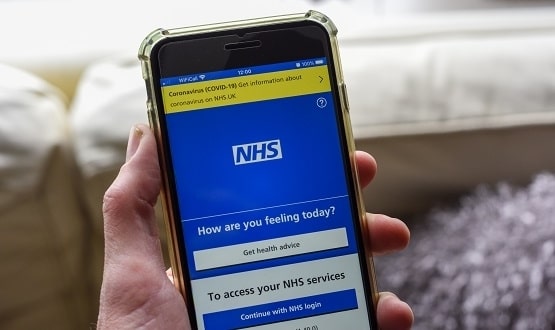Report shows NHS Digital’s diversity challenge remains
- 5 November 2018

NHS Digital’s latest workforce diversity data report reveals the body’s workforce remains primarily white and male.
Published as part of the organisation’s latest board papers, the diversity document provides a clear picture of the gender, ethnicity and sexual orientation of NHS Digital staff in 2017/18, enabling year-on-year comparisons.
The report shows 12% of NHS Digital’s workforce are from black, Asian and minority ethnic (BAME) backgrounds.
And just 21% of those applying for jobs in 2017/18 were from a BAME background – down from 38.5% from last year.
There has also been a drop in the number of appointees from BAME backgrounds: 9% in 2017/18 compared to 12.7% the year before.
Leeds, where NHS Digital is headquartered, is home to more than 90 minority ethnic groups. In the 2011 census, 19% of its residents said they came from a minority ethnic background – an eight percent increase from the previous census conducted in 2001.
The report also suggests gender diversity remains something of an issue at NHS Digital. Currently, 43% of staff are female, with 38% of new appointments being women and 45% of internal promotions.
One of those appointments was NHS Digital’s chief executive, Sarah Wilkinson, who has strongly backed encouraging more women to consider Science, Technology, Engineering and Medicine (STEM) careers.
While improving and better than the national average, there remains a gender pay gap at the organisation that employs over 3,000 staff. Latest figures put the median pay gap between men and women at NHS Digital at 13.8%.
Figures published in April 2018 revealed NHS Digital has the lowest gender pay gap when compared with other organisations, with NHS England having the largest difference.
In its workforce diversity data report, NHS Digital said it had a “statutory duty to promote equality of opportunity and tackle discrimination in the workplace”.
The report also records data on the sexual orientation of employees at the national body. Some 2% disclosed that they identified as gay, lesbian or bisexual, with 25% choosing not to disclose their orientation, and 70% saying they described themselves as heterosexual. The survey shows a slight increase (2.8%) in the number of appointed candidates who identified as LGBT.
According to the Office of National Statistics, in 2016 just over 1 million (2.0%) of the UK population aged 16 and over identified themselves as lesbian, gay or bisexual.
The NHS has long been criticised for its lack of diversity at leadership level. In his first speech as health and social care secretary, Matt Hancock argued that “the NHS leadership community must do more to reflect the wider workforce”.;
Angela Maragna, managing director of One Health Tech, told Digital Health News the organisation, which very actively supports and promotes women in the health tech sector, was ‘delighted’ that NHS Digital has published a ‘clear and open statement on their current workforce’.





2 Comments
This issue isn’t restricted to NHS Digital and it isn’t new.
Assuming the application short-listing and interview processes are fair, research needs to be done into why so few applicants come from the BAME, LGBTQ+ or disabled communities.
Are these jobs being advertised in the most appropriate and accessible places, or are they effectively hidden away from public view and therefore fishing in a purely NHS pool with little chance of external candidates?
Similarly are the person specs worded to effectively deter or exclude anyone without either NHS experience or a specific Health Informatics qualification? For example, I was once asked why I hadn’t applied for a CIO post at a nearby Trust by on of their Directors as my name wasn’t on the short list. I had applied for the post, but it turned out that I didn’t have the degree in Health Informatics which was used a an essential criteria for short-listing by their HR department – the words “or equivalent” had been omitted. So I and everyone else who “merely” had a BSc, MSc or PhD in an equivalent or related subject was not short-listed. The only candidates short-listed were internal ones who “just happened” to have the exact qualification required.
I believe the polite term for this is “unconscious bias” 🙂
A quick search found several computer firms with a 75% bias towards males.
Well done NHS Digital for bucking the trend.
Comments are closed.